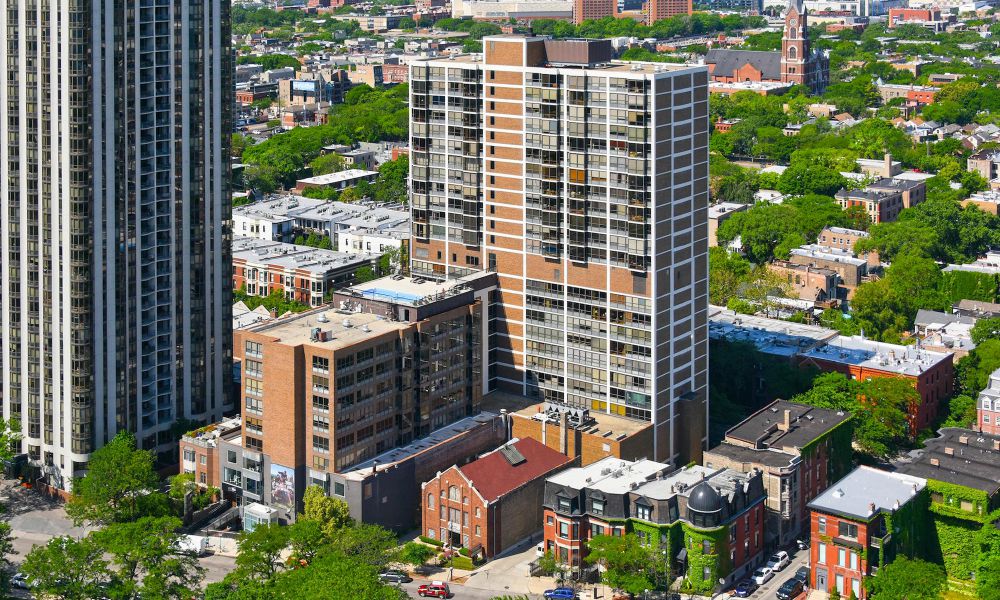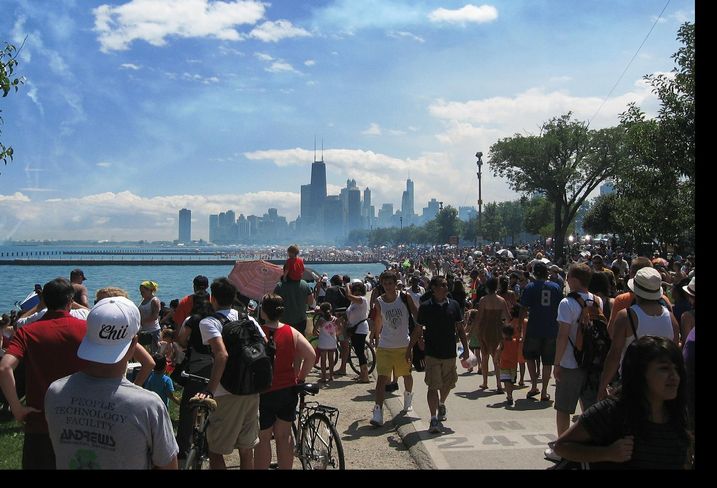05.15.19
RE Journals: Not a passing craze: Deconversions still strong in Chicago

By Matt Baker, RE Journals
There were two major condo deconversion deals announced in Chicago at the close of 2018: Kiser Group’s deconversion of the 250-unit Flats on LaSalle and the sale of River City, the largest such deal for the market at 449 units. Since then, however, news of these condo-to-rental deals has been slow. Is this a sign that the trend itself is starting to slow down?
Definitely not, if you ask Andy Friedman, a broker at Kiser Group, and Jim Hanson, a principal at Avison Young. The two, who will both be among the speakers at the upcoming Deconstructing Deconversion Summit on May 29, feel that the deconversion movement in Chicago is as steady as it has been in recent years.
“When this year is done, I would expect to see as many as you saw last year,” said Friedman. “There is a lot of stuff in the works and I suspect that some of those will be in the news soon.”
One reason for the lull is that these transactions take a long time to put together and complete. Convincing an ownership supermajority of 75 percent or more to agree to terms—let alone going through the process of closing on hundreds of units—can take several months.
Another impediment is effectively communicating with the primary point of contact on any deconversion, the homeowners association board. Though the CRE industry has eagerly taken up the movement since the recovery from the recession, HOAs are comprised of volunteers unlikely to be tuned in to the latest goings-on in the multifamily real estate world. The message that brokers try to get across to HOAs is not just what a deconversion is, but that the market for them is solid and flush with cash.
“There is lot of capital—both Chicago-based capital and new capital coming in from outside the market, sometimes even from outside of the country—very much interested in the Chicago deconversion strategy,” Hanson said. “They are hungry for more product to look at. It’s just hard to shake the buildings loose and make them available to people.”
In Chicago, the most active areas for deconversion transactions have been on the north and northwest side neighborhoods. Avison Young last year facilitated the sale of Kennelly Square, a 268-unit condominium building in Old Town. But deconversions can occur in just about any neighborhood or suburb, as evidenced by recent deals in Rogers Park, Buena Park and Oak Park.
In the city, deals come down to location, as they always do in real estate. Brokers and investors target any infill neighborhood with good fundamentals for these transactions. Essentially, if it’s a desirable place to live, it’s probably going to be a good deconversion candidate.
“We are working on the deconversion of 1250 N. LaSalle Street right now,” Hanson said. “That is a really attractive property because it is so close to downtown, it’s just across the street from a Red Line stop, and has an easy walk to the lake and into the Gold Coast.”
The Flats on LaSalle deconversion that Kiser Group brokered last year was in the heart of River North, one of the city’s hottest neighborhoods. Nearby restaurants, nightlife and access to downtown helped close that $38 million transaction.
Deconversion deals are somewhat harder to close in the suburbs, however. Many of the suburban apartment-to-condo conversions were completed in the ‘80s and ‘90s; as such, they are often occupied by residents who have been there for 20 to 30 years and who want the condo to be their forever home.
“If there is a deconversion in a North Side neighborhood, it’s so easy for that resident to go find an equivalent condo close by,” Friedman said. “In the suburbs it gets trickier.”
One issue that has been in the background for a while is the prospect of raising the voting threshold above 75 percent. There have been legislative attempts to raise the bar to match other jurisdictions around the country that require 85 or even 100 percent of owners to be on board.
“Any time you raise that bar, whether it’s by one percent or 10 percent, you’re making it harder to get a transaction done,” Hanson said. “In any large group of people, getting them all to vote and go in the same direction is a major accomplishment.”
If Illinois were to raise the voting threshold, the concern among brokers and investors is that there would be a chilling effect on the trend to deconvert condos to rental units. Hitting a higher mark is difficult enough that some may not even attempt to try.
“I think if you change it to 85 percent, fewer buildings will even begin the process,” Friedman said. “If that law ever changes, I think that we would only primarily get into deconversions where they have major deferred maintenance.”
As it stands now, most successful deconversions in Chicago pass with an approval well above 75 percent. “I’ve seen buildings where at the outset you’ve got a sense of who’s voting yes and who’s voting no,” Friedman said. “Invariably that percentage of yes votes goes higher as the process goes on.”
As these transactions are being priced in the market today, there is a significant value premium for sellers. Every day, brokers and investors get better at structuring the deals so that they remain attractive to sellers. An increase to the voting threshold, however, would make it harder to close these deals.
